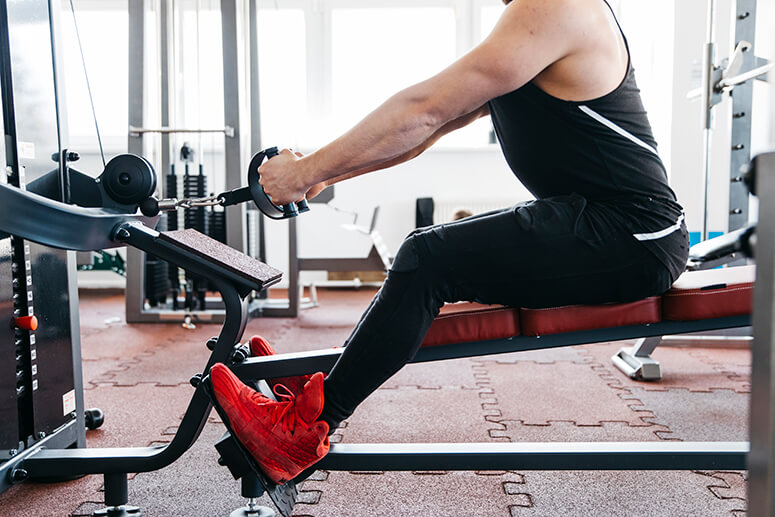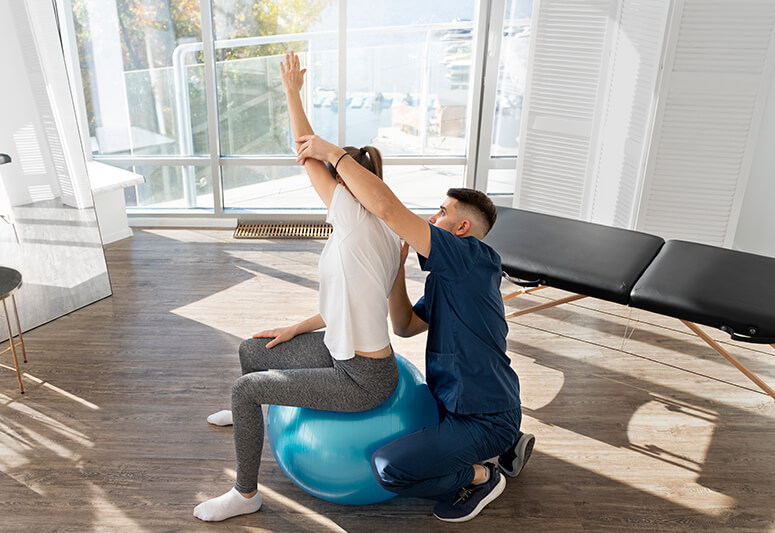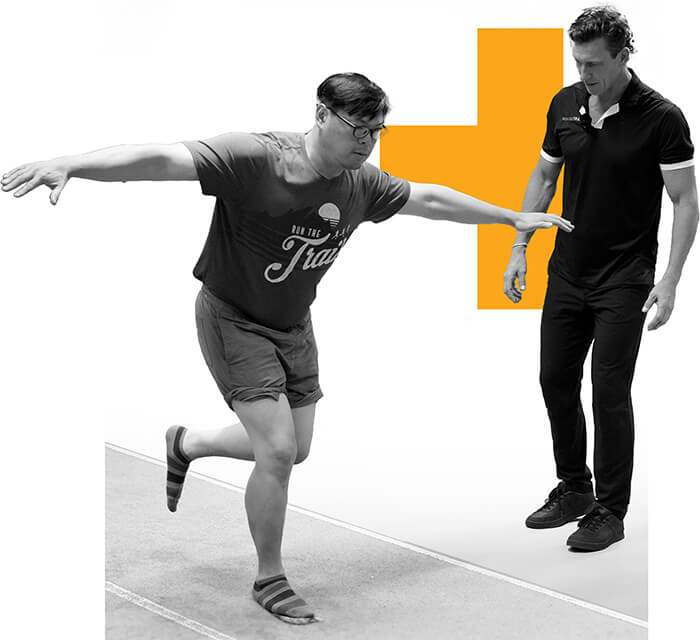Rehab and recovery are crucial in any sports
The improved performance of Filipino Olympians in the recently concluded Paris Olympics has inspired the youth, families, and communities to intensify their local athlete development efforts.
However, one of the most ignored parts of this development is recovery and injury prevention. We were lucky to speak to Ulrik Larsen, CEO/founder of Rehab Trainer and a sports physiotherapist for over 30 years based in Australia.
Rehab Trainer offers short courses in injury management for fitness professionals. Their faculty is composed of elite sports physiotherapists who aim to impart knowledge in dealing with pain and chronic injuries of clients.
THE PHILIPPINE STAR: Since the Paris Olympics just ended, can you tell us the three most common injuries the elite athletes had? How were they addressed?
ULRIK LARSEN: Every athlete carries injuries to the Olympics (or any other major competition). It’s part of the territory. The list of potential injuries ongoing is endless—a painful shoulder for the swimmer, sore wrist for the diver, troublesome knee for the distance runner, hamstring issue for the sprinter, achy tight low back for the powerlifter or high jumper, or troublesome Achilles tendon for the long jumper.
All will need a high-quality sports medical team to manage those pain levels up until the competition—from massage therapists and acupuncturists to sports physiotherapists and finally, the sports doctors on hand to manage the medical issues. Treatment will often be daily and the rehab work they do takes up to one to two hours per day. It’s exhausting in itself to maintain all the niggling injuries.

Many are taking on pickleball without any physical conditioning. How can you prevent injuries like sprained ankles and knee injuries?
Pickleball is also becoming super popular in Australia. Injury prevention in this sport would be similar to tennis and other racquet sports. Here are a few key ingredients:
• Take 10 minutes to warm up, including some mobility and light strength drills. Pickleball hitting in a relaxed manner and slowly building intensity are crucial.
• Go to the gym thrice a week to build your background strength. You would be doing leg presses and knee extensions for your quads, calf raises with a bent and straight knee and, of course, glut exercises like deadlifts and glut bridges.
• Complete your rehab fully on old injuries—most don’t. Lastly and most importantly, build your time on the court (intensity and duration of play) gradually over four to six weeks.

How important are recovery and rehabilitation to Olympians and professional athletes?
There would be no Olympics unless athletes have the support of these essential services. They must be of the highest quality, and available as much as the athlete needs them. Many athletes get very sensitive to small changes in how their bodies feel—like muscles feeling tight and needing loosening quickly, exhaustion, or old injuries flaring up and needing urgent treatment.
Why is pain management knowledge an advantage for the gym personal trainer?

Here are a few reasons you should add a basic pain (or injury) management skill set, like rehab training, to your skills as a fitness professional:
• Most clients will have aches and pains at some stage. How you manage them determines the confidence your client has in you when things aren’t going well.
• It’s not complex to learn the most powerful tools. It’s well recognized in most developed countries as a growing part of what a trainer can help with—it’s termed “Corrective Exercise,” where you focus exercises on how a body part moves, and work diligently to improve the quality of that movement.

What motivated you to switch from active physiotherapy practice to providing education to potent rehab trainers?
I became aware of how many of the common mistakes that trainers make could easily be overcome, and saw a real niche internationally in creating skills and knowledge to improve the outcomes for clients working on their fitness or rehabilitating an injury.
I now do both! A love of creatively applying physiotherapy skills and thinking to the fitness/gym environment led to a whole new set of skills and a philosophy we call REHAB and got me involved with the fitness industry myself. It’s such a proactive, positive, and empowering environment for injured clients.
REHAB stands for Risk assessment of an injury, Evaluation of functional movements, Hands-on loosening techniques, Activation drills and techniques, and Blend rehab into life.


